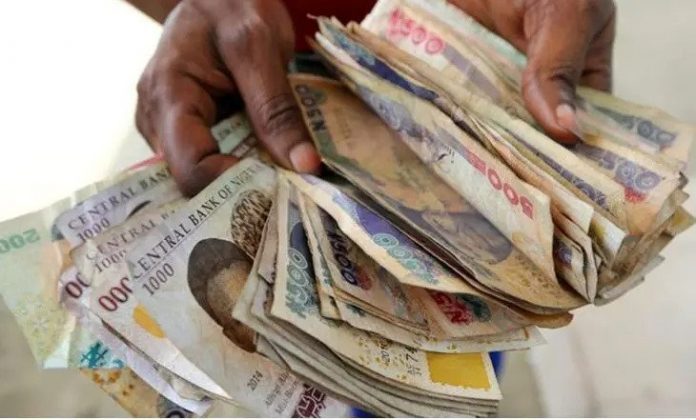The naira experienced a notable depreciation in the foreign exchange market on Wednesday, as the imbalance between demand and supply persisted in the absence of foreign exchange (FX) intervention.
Spot market data revealed that the naira weakened by 0.34%, closing at ₦1,539.40 per US dollar in the official market. The Central Bank of Nigeria (CBN) has scaled back its aggressive FX sales to banks, further diminishing supply-side strength in the official market amidst growing demand for foreign payments and related transactions.
The Nigerian foreign exchange market, however, maintained a degree of stability, supported by improved liquidity. Suppliers sought to optimize sales proceeds by targeting higher exchange rates, with transactions occurring within the ₦1,537.00 to ₦1,545.00 range. By the end of the trading day, the Nigerian Foreign Exchange Market (NFEM) settled at ₦1,539.40, reflecting a depreciation of 34 basis points compared to the previous day.
This marks a slight loss from Tuesday’s official rate of ₦1,534.16 per dollar. Data from the FMDQ Securities Exchange’s official trading platform also indicated that the naira opened at ₦1,535.50 per dollar on Tuesday and closed at ₦1,541.70 on Wednesday. In the Investors and Exporters (I&E) Forex window on Wednesday, rates ranged from a high of ₦1,544.00 to a low of ₦1,535.50. Meanwhile, in the parallel market, the naira ended the day at ₦1,644 per dollar, losing ₦4 per greenback due to midweek demand pressures following recent exchange rate adjustments.
Oil prices also declined, influenced by a stronger dollar, though they received some support from reduced supplies from Russia and OPEC nations, along with lower U.S. crude inventories. Brent crude settled at $76.68 per barrel, while West Texas Intermediate (WTI) traded at $73.94.
Gold prices, on the other hand, rose to nearly a four-week high, fueled by a weaker-than-expected private employment report for December. This eased concerns about the U.S. Federal Reserve’s monetary policy stance, with gold trading around $2,663.79 per ounce.












